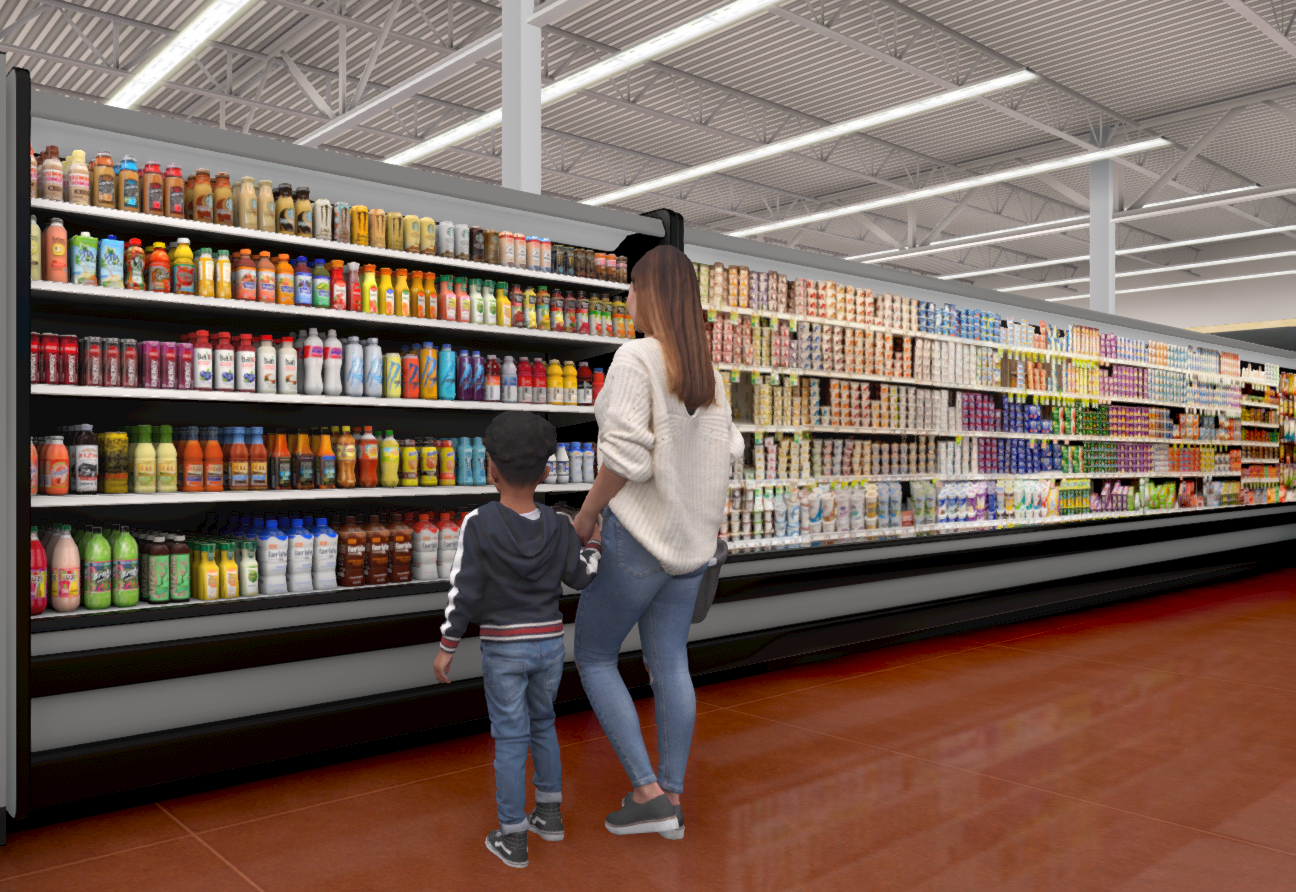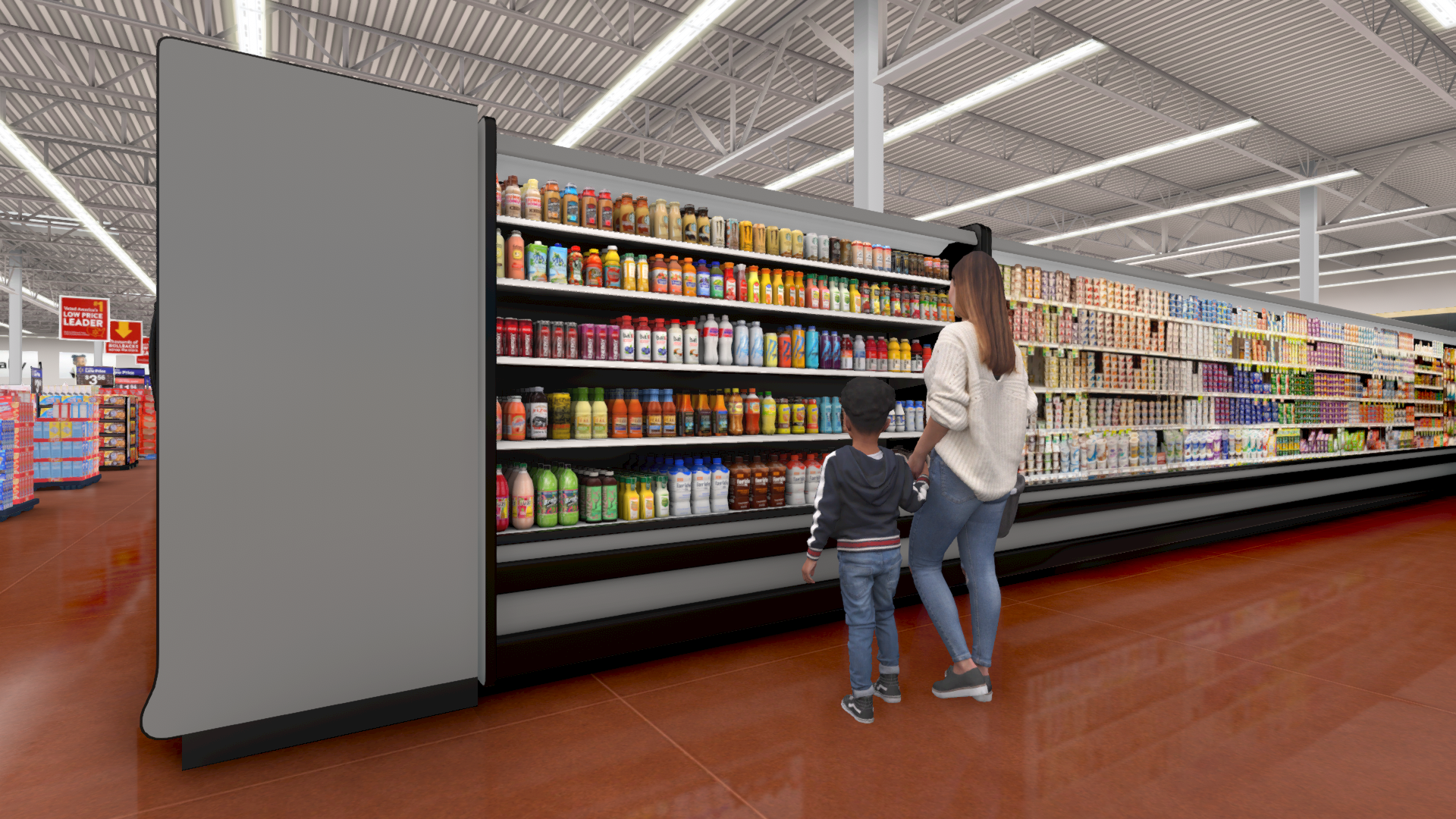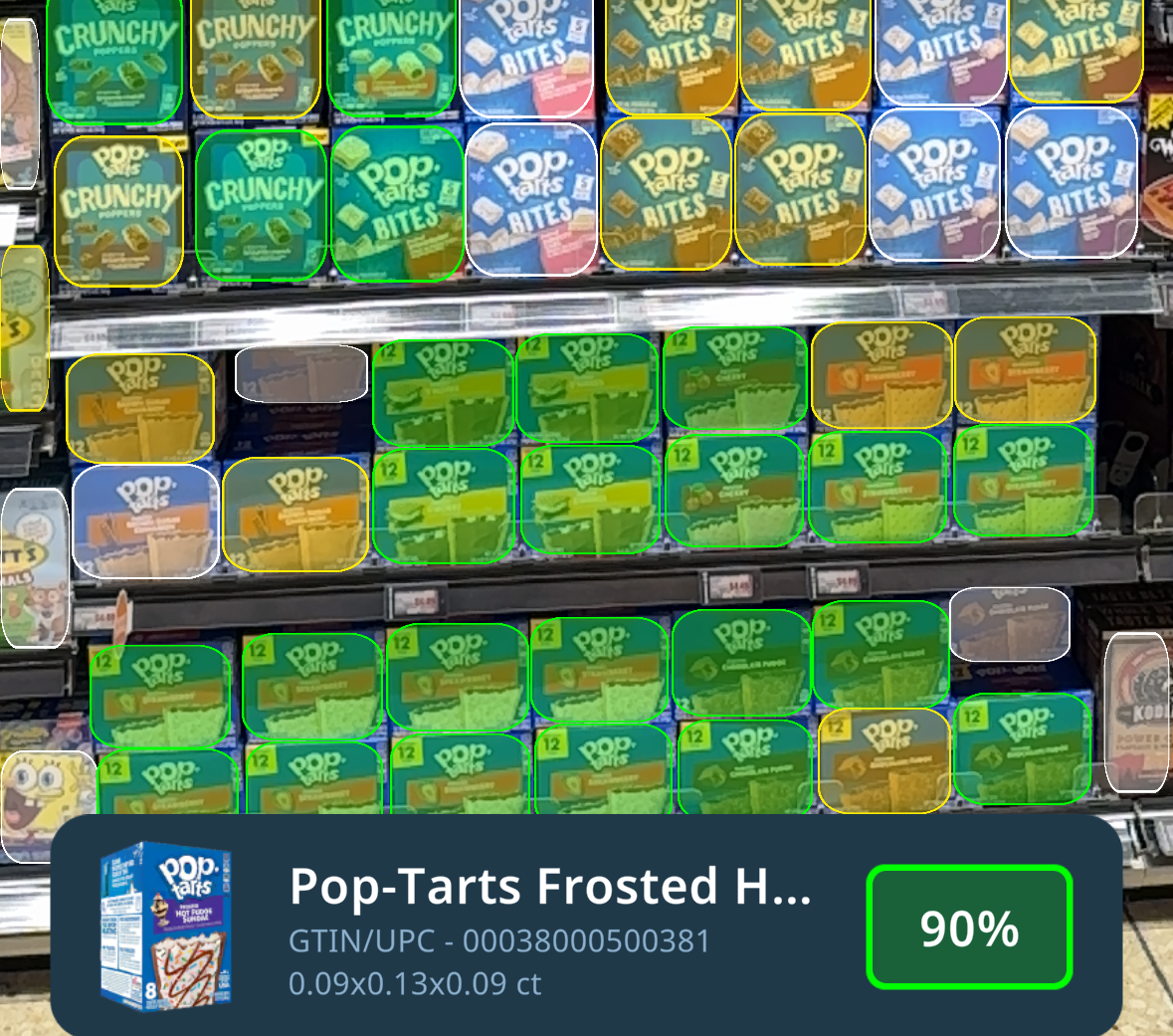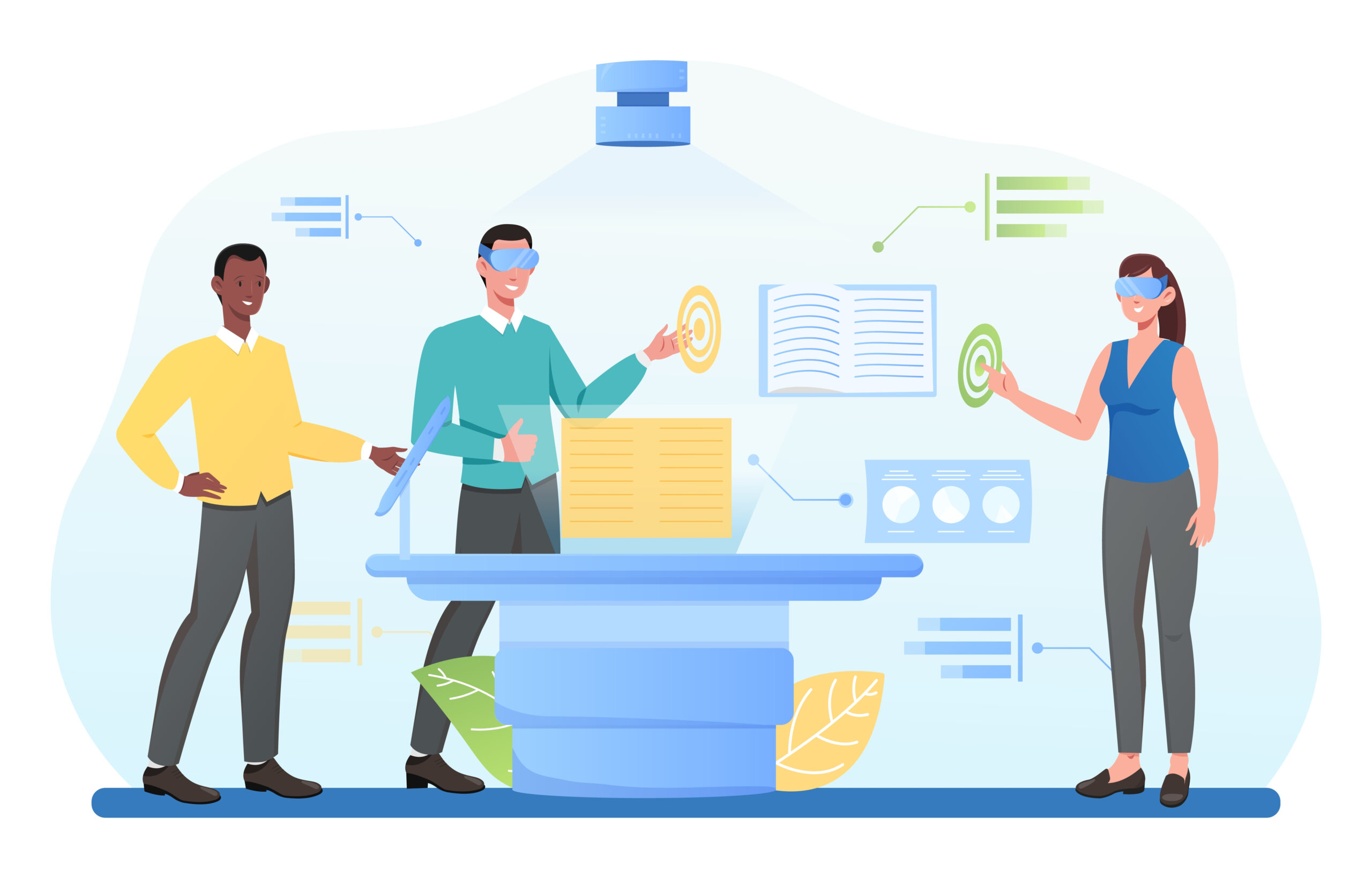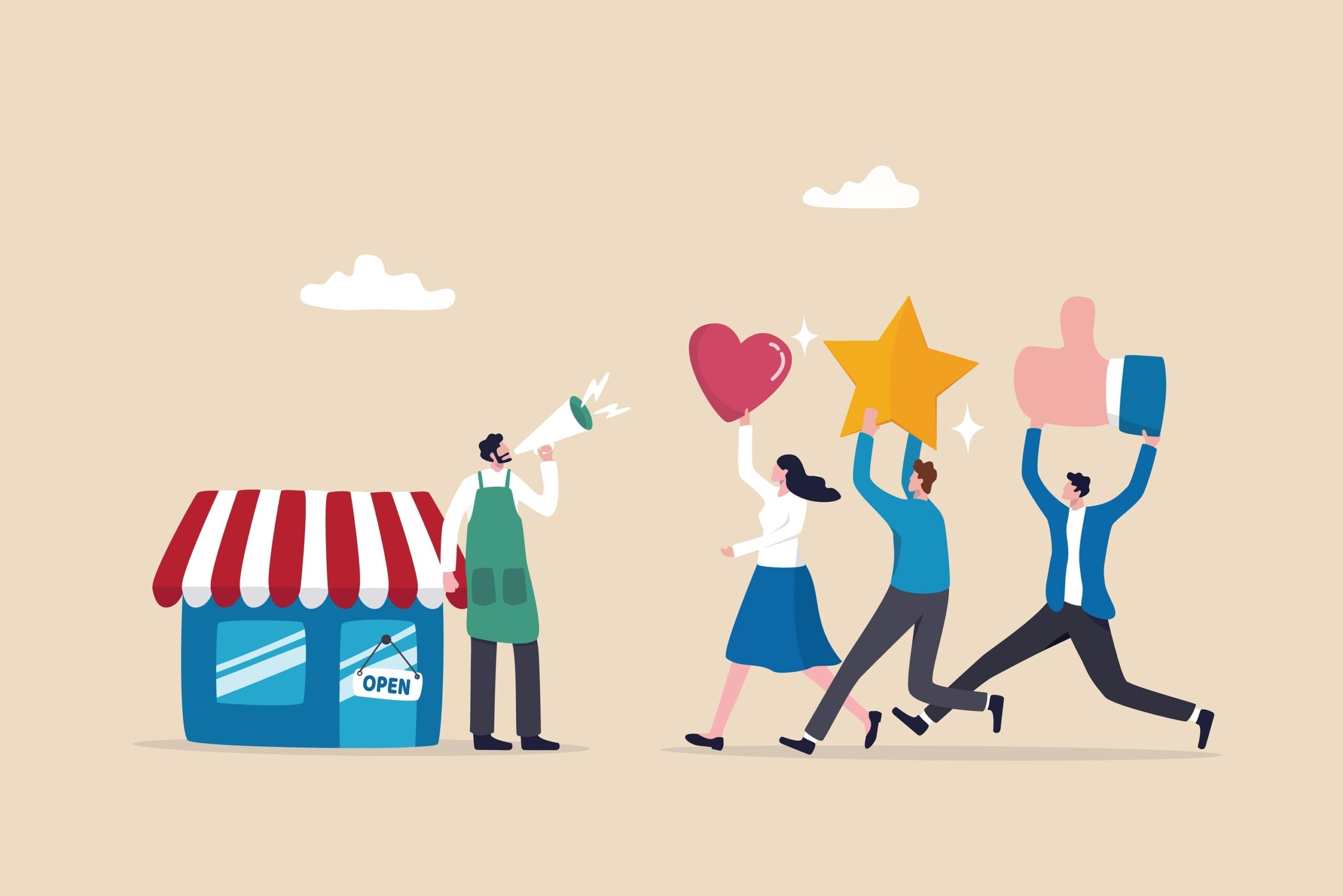Roughly 95% of Americans make in-store impulse purchases. You know the feeling—you’re in the middle of a shopping trip looking for a specific item to find, but then you see something else that catches your eye, and all self-control flies out the window. Suddenly, you are swiping your credit card for items that were not on your shopping list. You’ve just made an impulse purchase.
An impulse purchase is an unplanned purchase made in response to a sudden urge or feeling. For businesses, understanding the driving forces behind impulse purchase decisions is critical for effective merchandising. According to the studies and data we’ve gathered, there are about nine notable factors that influence impulse purchases. By knowing what they are, retailers can create an environment that encourages customers to buy more impulsively. So what are these nine driving forces? Let’s dive in.
The forces at play
This section will discuss how each of the nine driving forces impacts impulse shopping.
1. Price
The psychology of pricing is a complex topic, but there are a few key things to keep in mind regarding impulse purchases. When it comes to impulse buying, nothing beats a great deal. Customers are more likely to impulsively buy something if they perceive it to be a good value. In fact, one study found that 85.4% of shoppers list “price” as the number one factor influencing their decision to make an impulse purchase.
However, a tiny discount usually won’t cut it. The same study states that roughly a third of shoppers need to see a discount of 50% or more before they’re willing to make an impulse purchase. So, if you want to encourage customers to buy on impulse, you’ll have to offer deep discounts on your products.
There are several ways to make your products look like a good deal to customers. One is to use price anchoring, which is when you pair a high-priced item with a lower-priced item. The higher-priced item makes the lower-priced item look like a bargain in comparison. You can also use loss aversion pricing when you offer a discount that expires soon. This creates a sense of urgency and encourages customers to buy before they lose the deal.
Finally, bundle pricing is an effective way to encourage impulse spending. It increases the product’s perceived value and makes it more likely that customers will take the plunge.
2. Emotional impact
Humanity is driven by emotion. It’s what motivates us to take action, whether it’s a positive emotion like happiness or a negative one like fear. This characteristic is especially true when it comes to impulse buyers.
In general, people are more likely to make an impulse purchase when they’re experiencing positive emotions like happiness, excitement, or pleasure. If they can visualize how a product will make them feel, they’re more likely to want it. There are plenty of people who enjoy shopping in general because the impulse purchase gives them a dopamine rush, hence the term retail therapy. The purchase gives them instant gratification, which is why it’s relatively common to treat yourself to something new if you’re having a bad day and need to feel better. In fact, there is evidence that the pandemic caused a spike in impulse buying, a time when people were undoubtedly reaching for ways to feel better, although the purchases likely leaned towards online shopping than in-store purchases.
That’s why retailers often use aspirational marketing, which is when they use images and language that evoke positive emotions in their customers. Nostalgia is one emotion that’s particularly effective in driving impulse purchases. People often buy products that remind them of happy memories from the past. Retailers often capitalize on holidays and special occasions by selling items associated with those times.
Researchers have also found that shoppers might impulse buy to “acquire material symbols of personal and social identity.” In other words, they want to buy things that make them feel like they belong to a certain group or are a particular type of person. That’s often why people buy luxury items or status symbols.
According to the study above, men are more likely to buy instrumental and leisure items on impulse, while women are more likely to buy products that boost their mood or self-image. So, if you want to encourage impulse purchases in your store, ensure you’re tapping into your customers’ emotions. Use images and language that evoke positive feelings and make them feel good about themselves.
3. Personality Traits
While humans all have emotions, we don’t process them in the same way. Depending on our personality traits, which are determined by our genes and environment, we’re more or less likely to act on our emotions. The Kacen and Lee study published in Marketing and Branding Research found that four personality traits, in particular, are associated with impulse buying behavior:
Openness: Openness is the willingness to experience new things. Highly open people are more likely to take risks and be spontaneous. They’re also more likely to be influenced by their emotions, which makes them more likely to impulse buy.
Extraversion: Extroverted individuals are outgoing and enjoy being around other people. They’re also more likely to be impulsive and act on their emotions. So, it’s not surprising they’re more likely to make impulse purchases than introverts.
Conscientiousness: Curiously, the study found that people who are high in conscientiousness are more likely to impulse buy. This is likely because they’re able to justify their purchases to themselves.
Neuroticism: Neurotic individuals are more likely to experience negative emotions like anxiety and stress. They might make impulse purchases to cope with these emotions.
4. Category Placement
Category placement is a retailing tactic that refers to the location of products on store shelves. When products are placed strategically, customers are more likely to see them and buy them on impulse. For example, the type of products placed at eye level is more likely to be noticed and purchased than those placed lower or higher on shelves. This is why retailers often place high-margin items at eye level.
Additionally, researchers found that having the same product in multiple locations within a store (known as multi-stocking) increases the chances that customers will impulse-buy it. The checkout area is a particularly effective place to multi-stock products because customers are already in a buying mindset.
Around $5.5 billion in sales occur at the checkout line annually in the U.S. This is most likely a result of something called “decision fatigue.” This is the idea that people can only make so many decisions in a day before they start to feel fatigued. When we’re tired, we’re more likely to grab the first thing we see without thinking too much about it. After going around the store and deciding what to buy, customers are more likely to give in to impulse purchases at the checkout.
5. Demographics
Of course, not everyone is equally likely to impulse buy. Age, gender, income, and education level all play a role in our likelihood of making spontaneous purchases. Generally speaking, younger people are more likely to impulse buy than older people. As less experienced shoppers, they’re more likely to be influenced by their emotions and make rash decisions.
Interestingly, relationship status also affects our likelihood to buy on impulse. Research shows that single people make 45% more impulse purchases than married people. It makes sense when you think about it—single people don’t have to consult with anyone else before making a purchase, so they’re more likely to act on their impulses.
Disposable income is another important factor. Unsurprisingly our tax bracket impacts how likely we are to make impulse purchases. If we have extra money, we’re less likely to think about whether we need something or not. We’re also more likely to justify impulsive purchases to ourselves if we’re not on a tight budget.
6. Packaging
You probably know that packaging is essential for marketing your products. It’s the first thing that catches a customer’s eye, so it can be a powerful tool for driving sales. But it can also influence whether or not a shopper makes an impulse purchase.
Packaging can be divided into two main categories: functional and emotional. Functional packaging includes things like tamper-evident seals and easy-open containers. Emotional packaging, on the other hand, includes things like colorful designs and attractive fonts.
Products with emotional packaging are more likely to be impulse buys than products with functional packaging because they appeal to our senses and make us feel good. It’s also been found that people are more likely to remember products with emotional packaging, which makes them more likely to buy them on impulse when they see them in a store.
7. Signage
Next up on our list of retail psychology tricks is signage. You’ve probably seen all sorts of signs in stores, from “sale” to “clearance” signs. These signs are designed to provide visual stimuli that grab our attention and influence our purchasing decisions. But it goes beyond just putting up a sign—the wording, font, and placement of the sign are all important factors to consider.
Displays are another type of store merchandising that can effectively drive impulse purchases. Well-designed displays can stop customers and prompt them to buy something on the spot. The key is ensuring the display is eye-catching and relevant to the products you’re selling.
You might use them to promote a complementary product, for example, or to highlight a new product that you think your customers will love. Shining a spotlight on certain products can increase the chances that people will buy them on impulse.
8. Promotions
One of the best ways to drive impulse purchases is with promotions. Customers love a good deal, so they’re more likely to buy something on the spot if you offer a discount or promotion. You can promote your products in several ways, including sales, coupons, and contests.
Sales are probably the most common type of promotion. They’re a great way to get rid of older products or boost sales during slow times. Just be sure to advertise them prominently so that customers know about them.
Coupons are another popular type of promotion. They’re a great way to entice customers to buy something they might not have otherwise purchased. You can offer coupons in-store, online, or through print ads.
Contests are a fun way to promote your products and drive impulse purchases. Customers love the chance to win something, so they’re more likely to buy on impulse if they know they have a chance to win a prize. You can promote your contest in-store, online, or through social media.
9. FOMO
Finally, we have FOMO, aka the “fear of missing out.” This concept refers to the feeling that we get when we think we might miss out on something good. It’s a powerful emotion that can drive us to make impulse purchases. FOMO ties into pricing as a driving force behind impulsive buying decisions—if we think something will sell out or go up in price, we’re more likely to make a spur-of-the-moment decision. But at its core, FOMO applies to elements of social proof or status. If we perceive an opportunity to snatch a product none of our friends have (or all of our friends have), we may be more likely to act on it. This is often seen in “trendy” items like the latest fashion trends or tech gadgets. Whether we don’t want to be the only one without the product or we want to understand what the hype was all about, FOMO is a powerful motivator behind impulse purchases.
You can use FOMO to your advantage by creating a sense of urgency around your products. You can set expiration dates, offer limited-time discounts, or advertise that a product is selling out quickly. By creating a sense of urgency, you can increase the chances that customers will make an impulse purchase.
Takeaways
Take cues from these driving forces and consider the following:
Placement: Aim to put high-margin items in strategic locations throughout your store, such as near the entrance, near the register, or in high-traffic areas. Use signage throughout your store to guide customers to specific products and promotions.
Targeting: Differentiate your merchandise based on who your target customer is. Establish the demographics of who is most likely to buy on impulse, and stock your store accordingly.
Pricing: Use pricing strategies to create a sense of urgency and encourage impulse purchases. Offer sales, coupons, and discounts to entice customers to buy.
Packaging: Use attractive packaging to make your products more appealing. Consider using special packaging for limited-edition items or seasonal merchandise. You should also create eye-catching displays highlighting star products or promoting complementary items.
VR testing for impulse purchases
As you can see, there are a variety of psychological factors that can influence impulse buying behavior. You’ll need to test different tactics to see what works best for your store to verify if these new approaches impact shopper decision-making. The most important thing is to create a pleasant shopping experience that encourages customers to browse and buy.
However, it can get costly to constantly test different strategies in the real world. Instead, you can use virtual reality (VR) to test different scenarios to determine what works best for your store or category. With VR, you can create a realistic replica of your store and try different variables, such as product placement, signage, and pricing, with shoppers anywhere in the world. With a correlation rate of 91% to in-person results, online respondents immerse themselves in the digital twin of your store, giving you accurate and timely shopper behavior insights. Gather the feedback and make changes accordingly to catapult your impulse purchase strategies.
Get in Touch Today
InContext Solutions is a leading provider of VR technology for retail stores and brands. We’ve helped brands enhance the customer experience, increase sales, and improve operational efficiency. Contact us to learn more about how VR can benefit your business.
